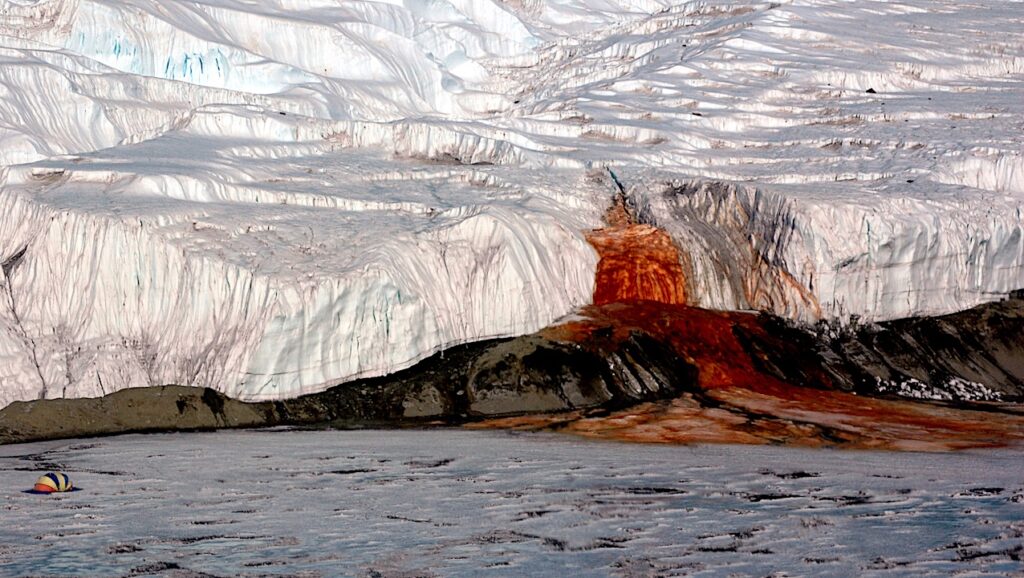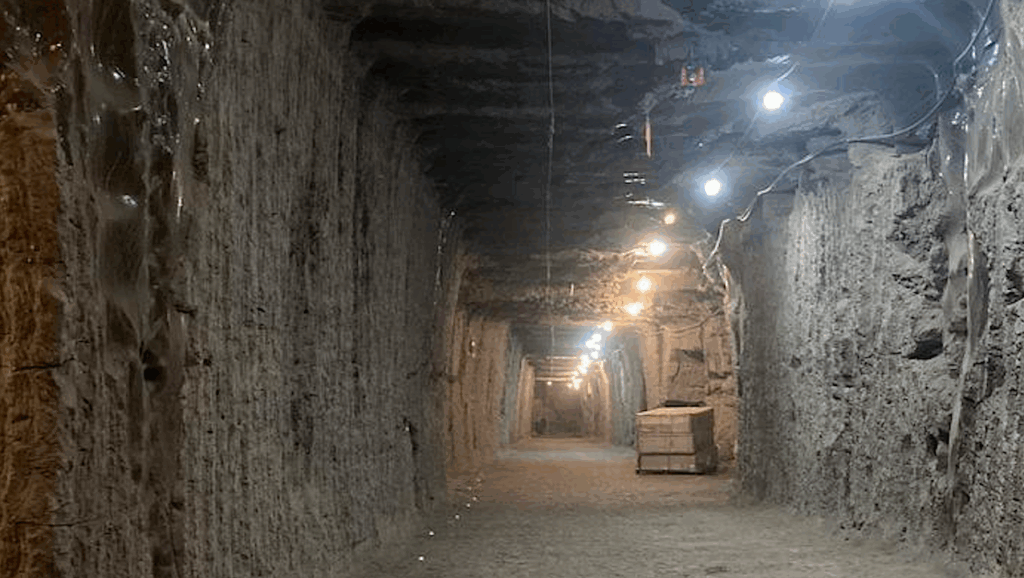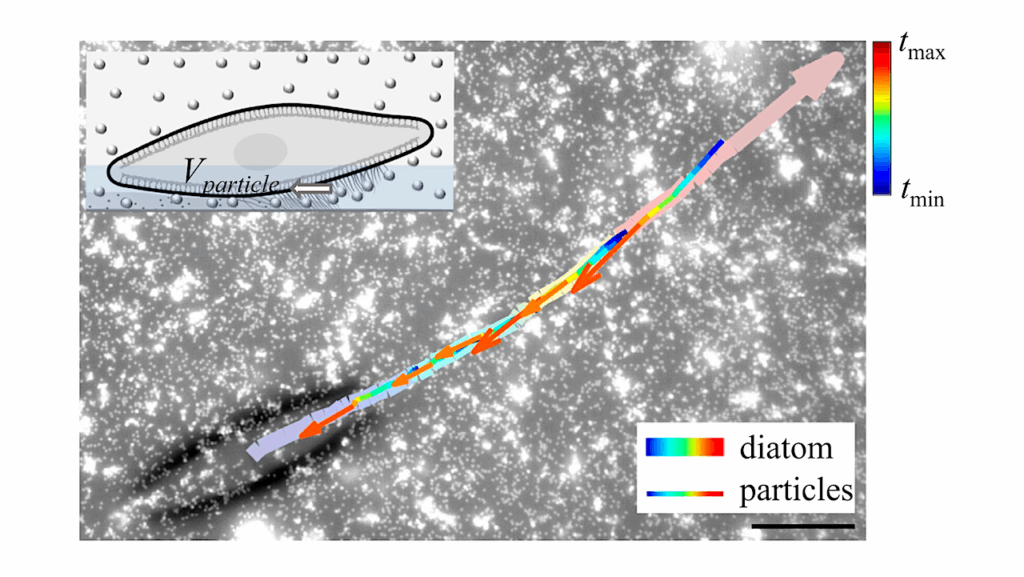Assessing the intrageneric environmental boundaries of the extremophilic cyanobacterium Chroococcidiopsis (Pleurocapsales) and its implications for space exploration

Abstract
The cyanobacterium Chroococcidiopsis contains species found in extreme environments, thus providing the opportunity to study adaptation to a range of environments within the confines of a single genus. Due to its extremophilic nature, it has attracted attention for space settlement as well as a model for life elsewhere.
In this study, eight unialgal strains from diverse habitats, isolated in unialgal culture and grown in laboratory conditions, were characterized for their ability to survive a range of extreme environments including UVC (254 nm) radiation, oxidative damage, desiccation, and repeated freeze/thawing. The study revealed two previously uncharacterized saltwater isolates of Chroococcidiopsis that were more radiation resistant than most of the other isolates.
Isolate CCMP 1991 from Hawaii survived up to 1750 J·m-2, and isolate CCMP 3184 from Samoa survived up to 1000 J·m-2 (254 nm UVR) compared with 250 J·m-2 for most other isolates tested. These two UV radiation-resistant isolates are closely related phylogenetically, but inhabit different environments. Each was further characterized for its ability to repair DNA damage as assessed by the repair of UV- induced thymine dimers and for oxidative damage tolerance via resistance to H2O2-induced (oxidative) damage.
Both isolates repaired thymine dimers faster in the light than in the dark with the Hawaiian isolate repairing faster than the Samoan isolate in the light, suggesting repair by photoreactivation. The Hawaiian isolate was more tolerant to H2O2 exposure than the Samoan isolate, indicating a possible role for antioxidants in the protection of the cell. Both isolates were more tolerant than the other isolates tested to freeze/thawing in liquid nitrogen, which is also known to cause DNA damage.
Spectral absorbance scans were performed to detect pigments in each isolate. While all showed peaks likely to be chlorophyll a, carotenoids, phycocyanin, scytonemin and MAAs, the Hawaiian isolate contained a pigment that absorbed at around 325 nm that none of the other isolates contained. Although this pigment is outside the range of UVC absorbance, it is hypothesized that it may play a role in DNA protection as a UV sunscreen or as an antioxidant. The phenotypic similarities in radiation resistance and freeze/thawing resistance among the Hawaiian, Somoan and Negev isolates appear to be the result of environmental adaptation rather than phylogenetic markers as the first of these have been previously shown to be part of a saltwater clade, while the Negev strain falls within a freshwater clade.
As pigmentation, and likely resistance to other environmental conditions, can be induced, these data provide a baseline study of strains in an uninduced state. Thus, the true environmental limits to Chroococcidiopsis likely go beyond our current knowledge. The implications of this is discussed in relation to space exploration
John R. Cumbers, View ORCID ProfileLynn J. Rothschild
doi: https://doi.org/10.1101/2022.08.09.503413
Competing Interest Statement
The authors have declared no competing interest.
https://www.biorxiv.org/content/10.1101/2022.08.09.503413v1
Full paper https://www.biorxiv.org/content/10.1101/2022.08.09.503413v1.full.pdf
Astrobiology








